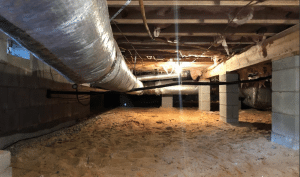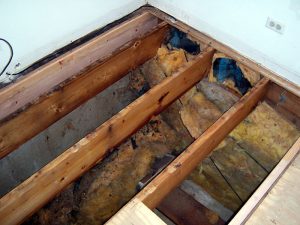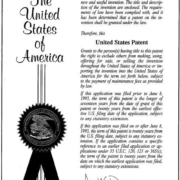Crawlspace Waterproofing – Structures in the Crawlspace That Are Vulnerable to Dry Rot | Atlanta, GA

Dry rot is a fungus that commonly occurs in damp crawlspaces. It commonly affects wood that has high moisture content. Therefore, if your crawlspace is affected by water leaking from the floors above, groundwater intrusion or flooding during the rainy season, it is the ideal environment for the growth of dry rot.
Dry rot may not be a health hazard like other fungi such as black mold, but it can cause significant structural damage to your home. The rot feeds on cellulose. It, therefore, destroys the cellular matrix of the wood, thereby compromising the integrity of the structure of the wood. This in turn can cause failure of the structure of the home.
It is important to address the presence of dry rot as part of crawlspace waterproofing. To do this, the structures that are vulnerable to dry rot should be inspected and affected areas replaced or treated.
- Sill plates
These wooden structures sit directly on your foundation. They may be exposed to moisture as a result of water wicking up from the crawlspace walls. Once the dry rot makes it to the sill plates, it will extend to the floor joists, beams and band boards of the home above. Repairing the damage at this stage can be very costly and involving. It is best to address the dry rot as soon as possible.
- The floor joists
These sit on the sill plates. Their work is to support the subflooring. If the sill plates have been infested by dry rot, there’s a good chance that the infestation has spread to the floor joists. Floor joists can also develop an infestation as a result of excessive water vapor in the crawlspace or water intrusion from above.
- Subflooring
This lies on the floor joists. The subflooring can succumb to decay in the presence of high levels of water vapor in the crawlspace. It can also begin to rot when moisture makes its way through the floor joists. Other causes of rotten subflooring include leaking plumbing, roofing or siding.
- Band boards or rim joists
These often accumulate moisture as a result of the wicking from damp sill plates. These beams are exposed to the exterior walls making them even more vulnerable to dry rot. In many cases, the rotten rim joists are replaced from outside. However, this depends on the extent of the damage.
Contact the Professionals at Everdry Atlanta today! (678) 741-2900




